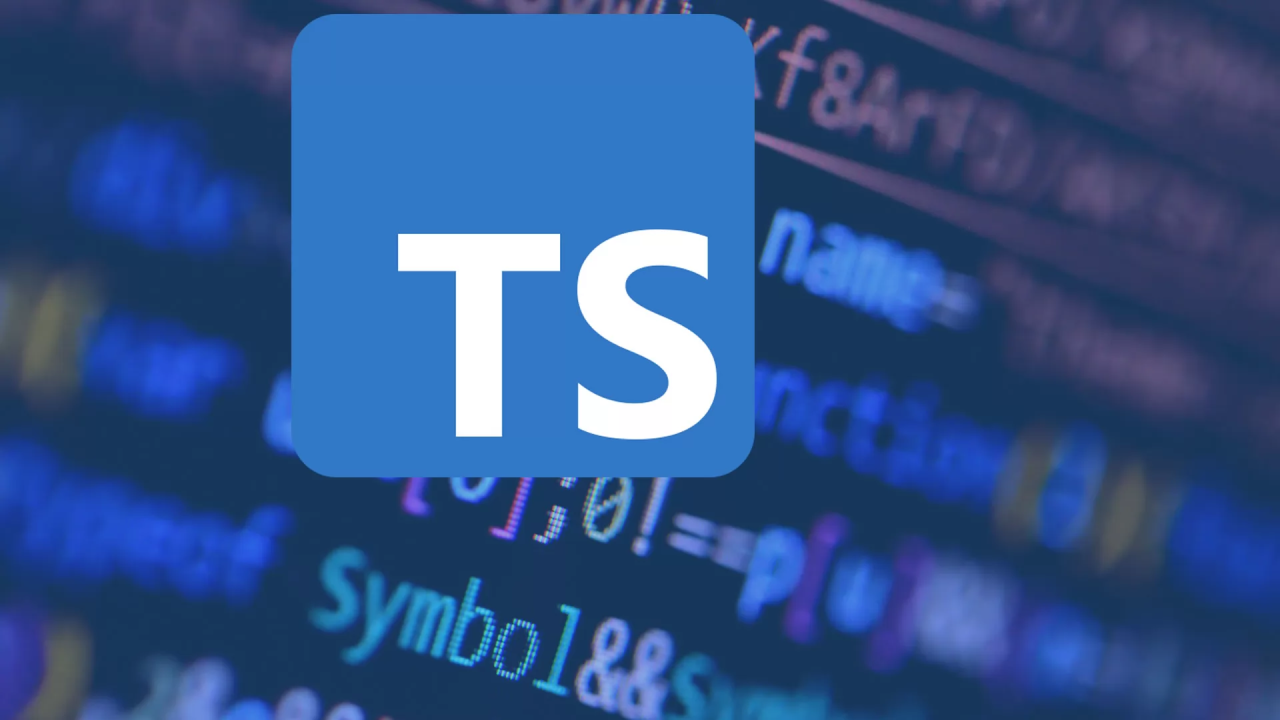
Mastering Conditional and Control Statements in Typescript..
FIZA FATIMA
Digital Service Provider | Future-Ready with Cloud AI & Generative Technologies | Enhancing Brand Growth
Introduction: In the realm of programming, mastering control flow is akin to mastering the flow of a river—both require a deep understanding of how to navigate through various conditions and paths. In TypeScript, a superset of JavaScript, developers have at their disposal a robust set of conditional and control statements to direct the flow of their code. In this article, we'll explore these essential programming constructs and delve into how they can be leveraged to write more efficient and maintainable TypeScript code.
1. Understanding if Statements: The " if " statement serves as the cornerstone of conditional programming in TypeScript. Its syntax is simple yet powerful:
let num: number = 10;
if (num > 0) {
console.log("Number is positive");
}
Here, we check if the variable num is greater than zero. If the condition evaluates to true, the corresponding code block is executed. Otherwise, it's skipped entirely. if statements allow for straightforward decision-making in your programs, guiding their execution based on specific conditions.
2. Exploring if...else Statements: While " if " statements are effective for binary decisions, " if...else " statements expand our options by allowing for alternative pathways:
let num: number = -5;
if (num > 0) {
console.log("Number is positive");
} else {
console.log("Number is negative");
}
In this example, if num is greater than zero, the first block of code executes; otherwise, the second block executes. This branching logic provides flexibility in handling multiple scenarios within your programs.
3. Leveraging switch Statements: For scenarios involving multiple conditions, the switch statement shines:
let day: number = 3;
let dayName: string;
switch (day) {
case 1:
dayName = "Monday";
break;
case 2:
dayName = "Tuesday";
break;
case 3:
dayName = "Wednesday";
break;
default:
dayName = "Invalid day";
}
console.log("Day is " + dayName);
Here, we determine the day of the week based on the value of day. Each case represents a different condition, and the corresponding block of code is executed when a match is found. The default case handles any unmatched scenarios, ensuring the program behaves predictably.
4. Unraveling Loops: Loops are indispensable for iterating over data or executing code repeatedly. TypeScript supports various loop constructs, including for, while, and do...while loops:
领英推荐
// for loop
for (let i = 0; i < 5; i++) {
console.log(i);
}
// while loop
let i: number = 0;
while (i < 5) {
console.log(i);
i++;
}
// do...while loop
let j: number = 0;
do {
console.log(j);
j++;
} while (j < 5);
Each loop type offers unique advantages depending on the situation. Whether you're iterating over arrays, processing user input, or implementing game logic, loops provide the necessary mechanisms for efficient control flow.
5. Real-world Applications: In real-world TypeScript projects, mastering conditional and control statements is crucial for writing clean, readable, and maintainable code. From validating user input to implementing business logic, these constructs find applications across a wide range of scenarios. By honing your skills in using if, switch, and loops effectively, you can streamline your development process and produce high-quality software solutions.
Conclusion: Conditional and control statements lie at the heart of programming, empowering developers to guide the flow of their code with precision and clarity. In TypeScript, these constructs offer a rich palette of tools for making decisions, branching logic, and iterating over data. By mastering these fundamental concepts and applying them judiciously in your projects, you can elevate your coding skills and build robust, scalable applications. So, embrace the power of conditional and control statements in TypeScript, and let your code flow with purpose and elegance.
Closing: Thank you for joining me on this exploration of TypeScript's conditional and control statements. I hope this article has provided valuable insights into how to wield these constructs effectively in your programming endeavors. For further reading and discussions on TypeScript and software development, feel free to connect with me on LinkedIn. Happy coding!